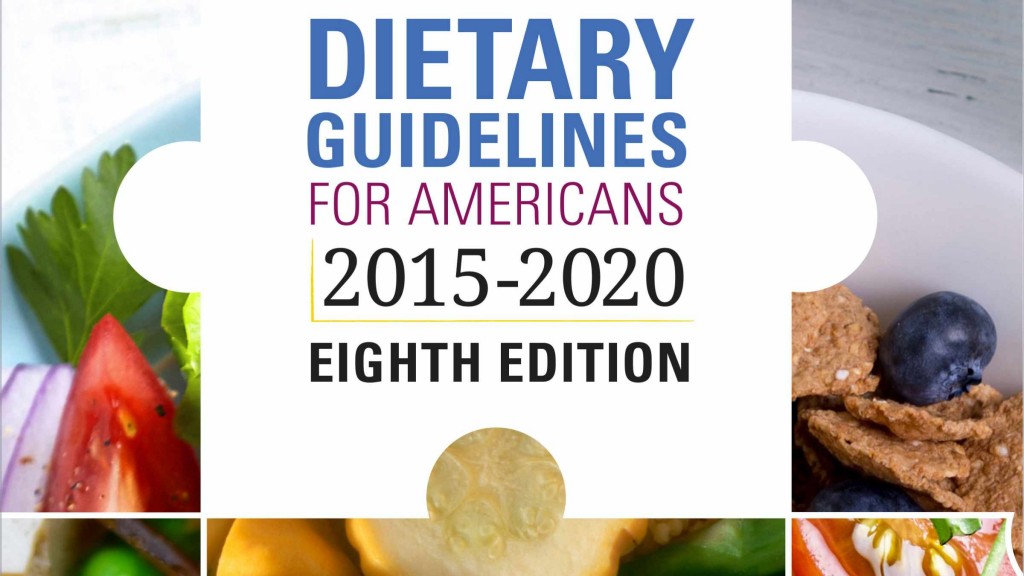-
New Dietary Guidelines for Americans
 Today the federal government released new dietary guidelines. The USDA and HHS recommendations reflect data that shows healthy eating and regular exercise can combat obesity and reduce the risk of chronic diseases such as type 2 diabetes, heart disease and high blood pressure. What's also new is a shift from focusing on eating individual food groups to healthful eating patterns. This includes a first time ever recommendation to reduce intake of added sugar to a specific amount — 10 percent of total daily calories.
Today the federal government released new dietary guidelines. The USDA and HHS recommendations reflect data that shows healthy eating and regular exercise can combat obesity and reduce the risk of chronic diseases such as type 2 diabetes, heart disease and high blood pressure. What's also new is a shift from focusing on eating individual food groups to healthful eating patterns. This includes a first time ever recommendation to reduce intake of added sugar to a specific amount — 10 percent of total daily calories.
Mayo Clinic nutrition expert and editor of the The Mayo Clinic Diet Dr. Donald Hensrud says the updated guidelines are useful, especially in regards to recommendations such as reducing sugar intake, but they are not perfect, as some important information is missing. "Although the guidelines are required and purported to be 'based on the preponderance of current scientific and medical knowledge,' they did not include some of the recommendations of the Scientific Advisory Committee and therefore do not describe an optimal dietary pattern. For example, the World Health Organization recently classified processed meat as a carcinogen and red meat as a probable carcinogen, based on evidence that has been in existence for some time. Yet, the Dietary Guidelines make no mention of this and state that processed meat can be accommodated in a diet if the diet is within limits for other nutrients."
Dr. Hensrud says, "Despite some of these shortcomings, it is important to recognize that for most people, following the Dietary Guidelines will improve their nutritional status and health."
The 2015-2020 Dietary Guidelines list the following five main points:
- follow a healthy eating pattern across the lifespan
- focus on variety, nutrient density and amount
- limit calories from added sugars and saturated fats, and reduce sodium intake
- shift to healthier food and beverage choices
- support healthy eating patterns for all
What does a healthy eating pattern include?
- a variety of fruits and vegetables
- whole grains
- fat-free or low-fat dairy
- oils
- limiting saturated fats and trans fats, added sugars (less than 10 percent of calories per day), and sodium (less than 2,300 mg per day)
- alcohol in moderation: up to one drink per day for women and two for men
- be physically active
Authors of the guidelines suggest people work healthful eating patterns into their daily routines by making small changes over time. And they say their recommendations are not rigid, but can fit into any personal or cultural preferences and fit into any budget.







